To What Older Art Movements Can Op Art Be Traced
Articles and Features
Art Motion: Op Art.
History and Famous Works
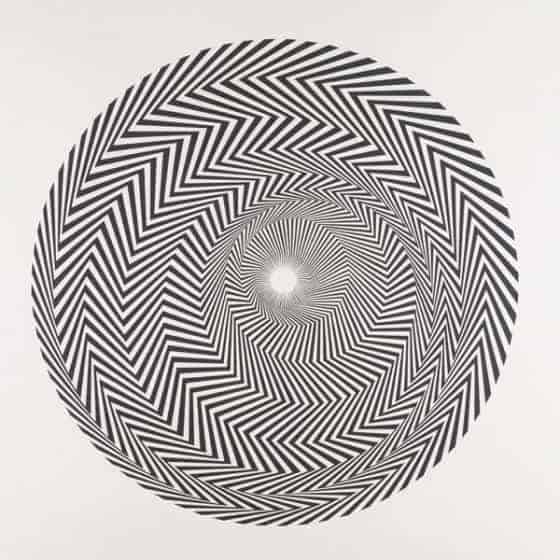
By Adam Hencz
"Every form is a base for colour, every colour is the attribute of a form."
Victor Vasarely
What is Op Fine art?
Op Art is an abbreviation of optical art, a form of geometric abstract fine art, that explores optical sensations through the use of visual effects such as recurring unproblematic forms and rhythmic patterns, vibrating colour-combinations, moiré patterns and foreground-groundwork defoliation. Formally, all Op Fine art paintings and works utilize tricks of visual perception like manipulating rules of perspective to give the illusion of three-dimensional space, mixing colours to create the impression of low-cal and shadow.
Key flow: late 1950s and 1960s
Key words: visual illusion, illusion of movement, repetitive forms, checkerboard patterns, tension, complementary colours
Primal artists: Victor Vasarely, Bridget Riley, Richard Anuskiewicz, François Morellet, Jesús Rafael Soto, Julio Le Parc, Gianni Colombo, Peter Kogler
Origins of the Op Fine art movement
The roots of Op Art, in terms of graphic and colour effects, can be traced back to Impressionism, Cubism, Futurism and Dada, but the move peradventure more closely derives from the constructivist practices of the Bauhaus. The German school stressed the human relationship of grade and function within a framework of analysis and rationality, which led to mirroring the counterculture of the fourth dimension in the encompass of graphic shapes and bright colours. At that fourth dimension, artists like Yard.C. Escher, Victor Vasarely and Josef Albers experimented with what is at present considered optical art. Albers works are studies in colour perception, while Escher'south work employs paradoxical placements, visual trickery as well as errors of perspective in forms and structures that seem plausible at outset glance. The artist known every bit the granddaddy of optical art is French-Hungarian artist Victor Vasarely, whose painting titled Zebras (1938) is past many fine art historians considered one of the earliest examples of Op Fine art.

A decisive outcome in the history and development of the kinetic arts, the 1955 group exhibition Le Mouvement, shown at the Galerie Denise René in Paris, also proved to be one of the commencement shows to promote works that used optical illusions and visual trickery. The pinnacle of the Op Fine art motion'south success was 1965, when the Museum of Modern Art embraced the style with the exhibition The Responsive Eye, which showcased paintings and sculptures past artists such as Victor Vasarely, Bridget Riley, Frank Stella, Carlos Cruz-Diez, Jesús Rafael Soto, and Josef Albers. Op Art profoundly influenced advertising, fashion, and interior design as well, before fading in the early 1970s.
"Focusing isn't just an optical activity, it is also a mental one."
Bridget Riley
Famous Op Art artists and iconic Op Art artworks
Victor Vasarely
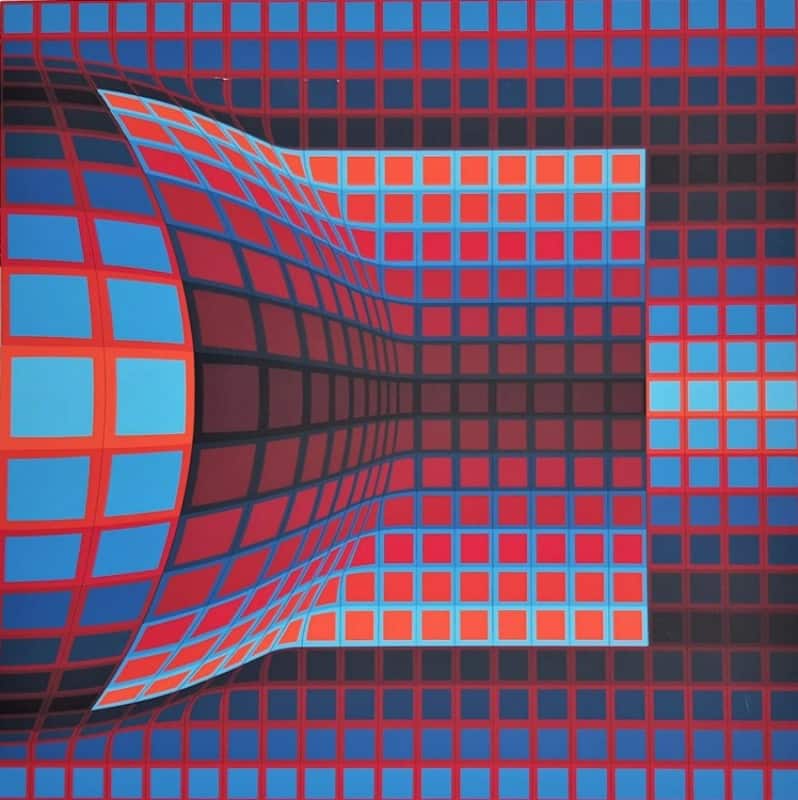
Victor Vasarely is considered to be one the nigh important representatives of optical painting. He took inspiration and orientation from theories of the Bauhaus, Suprematism, and geometric abstraction. He was born in Pécs, Hungary in 1906 and grew upwardly in Piestany and Budapest, where he became acquainted with the basics of traditional bookish painting equally well every bit with the Bauhaus movement. Much of Vasarely's life and piece of work was about the Op Fine art style. His paintings aimed at forcing people out of their visual condolement zone with the pleasant tension created by evidently moving images that steer their minds towards doubt and new ideas. He wanted to bring life into everyday life with the play of colors and shapes, immersing himself in the world of optical art experiments.
Bridget Riley
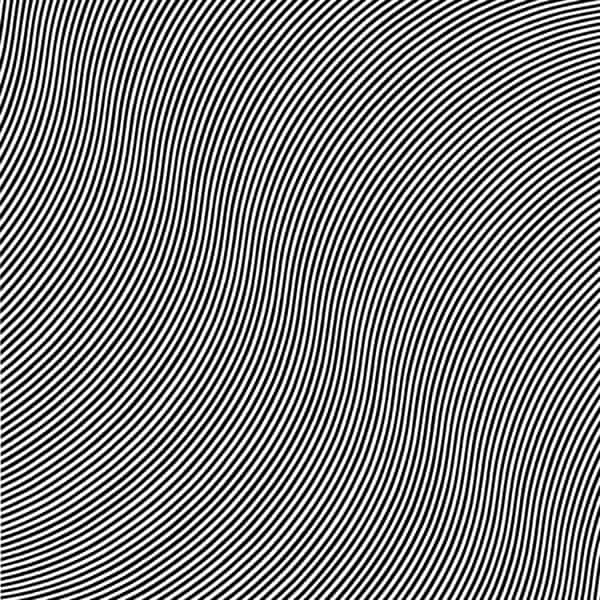
Bridget Riley is one of the best-known Op Art painters, famous for her striking murals composed of multiple stripes which create optical illusions for the viewer. Her black and white geometric patterns explore the dynamism of sight and produce a disorienting effect on the centre, creating an illusion of movement and colour. Born in 1931 in London, Riley studied at Goldsmith's College and the Royal University of Art. Riley is known in the public consciousness for her iconic black and white geometric works, also equally for her temporary public murals in major institutions such as the Tate gallery in London and the Musée d'Art Moderne in Paris. She currently lives and works in both the United Kingdom and France.
Richard Anuskiewicz
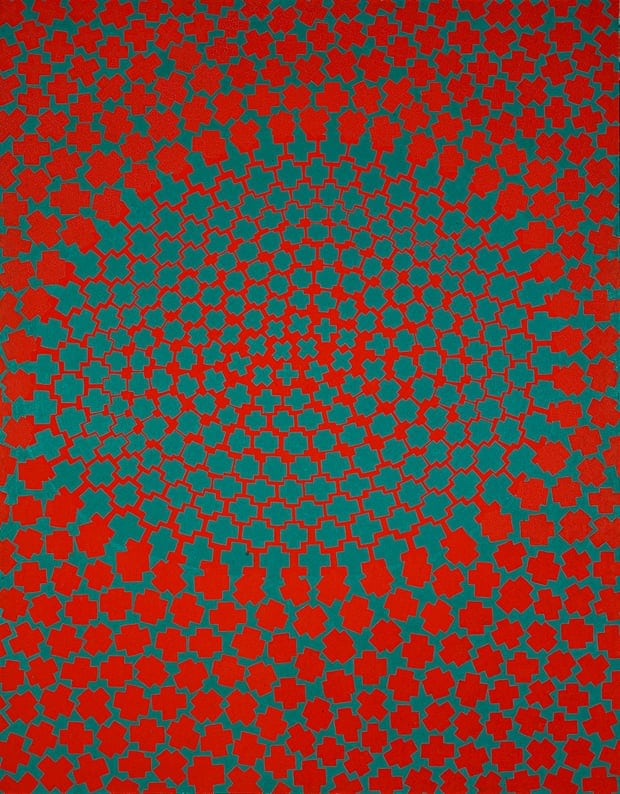
He was one of the founders and foremost exponents of Op Art during the late 1960s and early 1970s. In 1964, Life magazine ran a feature on him in which they called him "i of the new wizards of Op Fine art". Born in Erie, Pennsylvania, Anuskiewicz went to the Cleveland Institution of Fine art where he found and became interested in Op Art. He graduated and went to Yale and, interestingly enough, was taught past Josef Albers for some time. Anuszkiewicz is withal actively painting today.
François Morellet

Born in 1926 in Cholet, a minor town in the Loire Valley, François Morellet was a painter, graphic artist and sculptor. He was one of the founders of the Groupe de Recherche d'Art Visuel (GRAV) along with the Argentines, Julio Le Parc and Francisco Sobrino. The experimental piece of work washed by François Morellet was parallel to artists similar Frank Stella, Sol LeWitt or Dan Flavin. Morellet continually explored a wide range of practices and incorporated diverse materials into his work such as steel, iron, adhesive tape, wire mesh and wood. He was convinced that painting was the subject field of the past, so he advocated the use of new materials like neon, that eventuallz became the master element of his aesthetic language. Many of his works, that bear inexplicable titles, rely on the interaction of the observer due to electric systems that turn them on and off.
The legacy of the Op Art movement
Artists today enhance the telescopic and range of the Op Art movement and go along to draw on earlier investigations while continuing to expand information technology into 3-dimensional space. Austrian creative person Peter Kogler is ane of these artists, who operate at the forefront of technology while contributing greatly to the Op Art move. Over the past 20 years, Kogler has worked towards a radical transformation of the exhibition infinite, making it an integral office of his work. Moreover, his unique patterns have taken a wide variety of formats including prints, sculpture, article of furniture, wallpaper, lighting fixtures, collages, and room-sized Op Art influenced labyrinths.
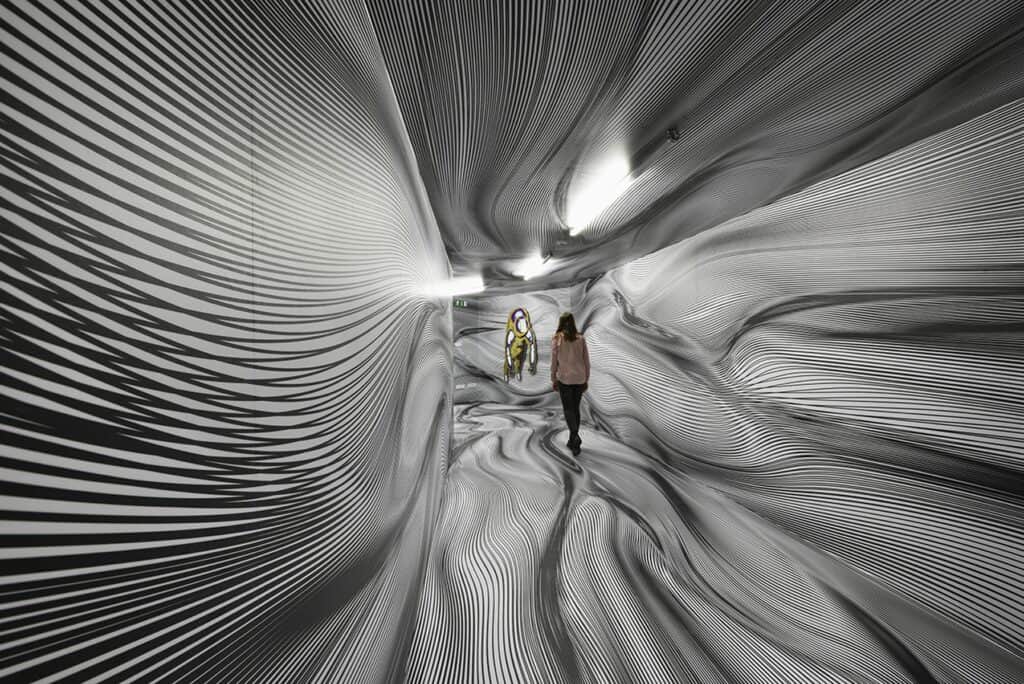
Relevantsources to learn more
The Most Famous Art Movements and Styles
The Drive to Classify Fine art Movements
Wondering where to offset?
Source: https://magazine.artland.com/art-movement-op-art/


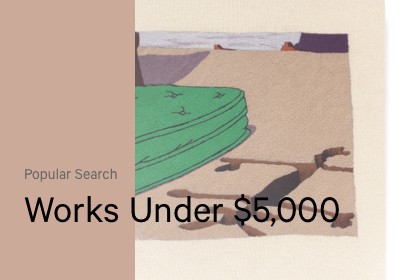
0 Response to "To What Older Art Movements Can Op Art Be Traced"
แสดงความคิดเห็น